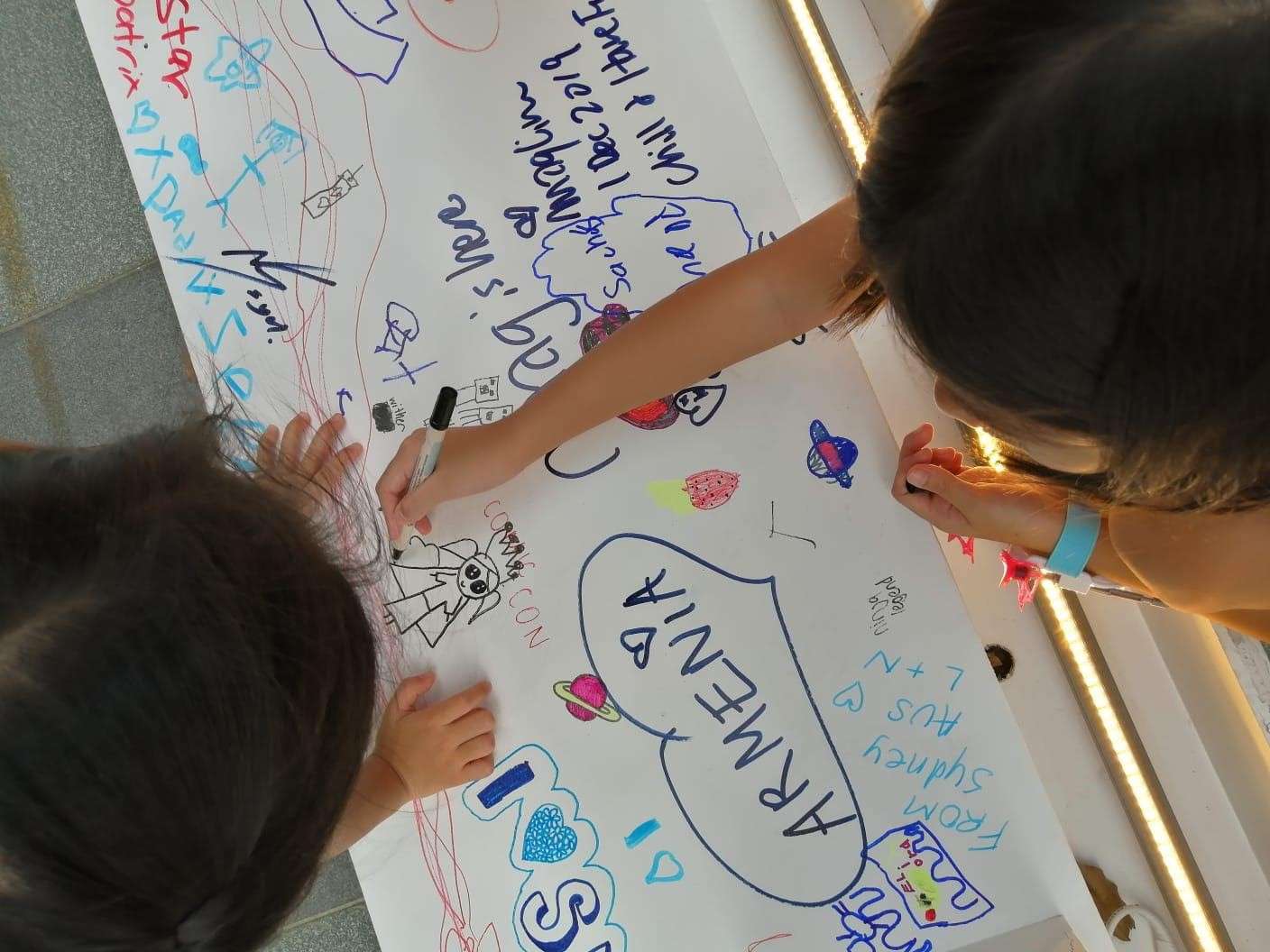TL;DR – Not all goodies come in the form of “handouts”.
I’m sure we’ve all heard of the sandwich class.
Essentially, the term “sandwich class” is a term that is often used to describe those in Singapore who feel “squeezed” having to take care of themselves and at the same time, they have to shoulder the burden of care for their children and their elderly parents.
Budgeting on a $3,000 income for a family of five. Is it even possible?
Like many other Singaporeans who fall within this group, June and her husband are responsible for taking care of aging parents and two young children, aged 9 and 6 respectively.
Her family of six is currently staying in a private apartment, which means while they are already not qualified for the support schemes meant for low-income households, neither are they eligible for housing subsidies and rebates for service and conservancy charges (S&CC) like the over 80% of Singaporeans residing in HDB flats.
More often than not, we hear stories about how this group of Singaporeans often come face to face with a range of challenges, be it financially or having to deal with the multiple pressures and expectations in life.
In an attempt to find out how little or how much the government is doing for sandwich-class Singaporeans, I made the 40-year-old insurance agent sit down with me and walk me through ALL the possible government support her family received.
Here are our findings:
1. Tax reliefs include Working Mother’s Child Relief (WMCR), Qualifying Child Relief (QCR), as well as Parenthood Tax Rebate (PTR).

2. Childcare subsidies for her younger daughter under the Partner Operator (POP) scheme which ensures that any future fee increase in childcare programme would still be kept affordable for parents.

3. Levy concessions for a foreign domestic worker (FDW) of which June only has to pay a concessionary rate of $60 per month for her domestic worker, who is also a caregiver for her two children and elderly parents.
4. Schooling subsidies, Annual Edusave Contribution and Additional Edusave top-up.
Minister Heng Swee Keat said in his 2019 Budget speech that a child entering primary school in 2018 (which is the same year June’s older daughter entered Primary One) would have received more than $130,000 in education subsidies by the time he or she finishes secondary school.
June doesn’t need to pay school fees for her kids.
Her monthly total fee (from miscellaneous fees) are up to $13. The current School and Miscellaneous Fees payable by Singapore Citizens are shown in the table below:

June’s older daughter also received an annual Edusave contribution of $230 and Bicentennial Bonus top-up of $150 last year.

5. Merdeka Generation Package to help seniors (June’s parents) defray healthcare costs.
6. Healthcare subsidies, which deserves an entire section on its own. According to June, MediSave, the national medical savings scheme, has helped her family cover a substantial amount of her daughter’s medical expenses.
Despite her daughter’s medical condition, June only has to fork out a small percentage of each of the full medical bill in cash, after deducting the Government subsidies and MediSave.
Pro-tip: June advised us that in order to enjoy the subsidised rates, one should go through the referral route via the polyclinic first before going to the government hospital.
One of the most important things you will ever teach your kids – Money Values
Towards the end of my meeting with June, I couldn’t resist asking her the million-dollar question,
“Do you think the Government is doing enough to help the sandwich-class Singaporean?”
“Honestly, if you ask everyone the same question, they’d probably tell you it’s not enough and they want more. However, for now, I’d say that the most significant help which I receive from the government is perhaps the childcare subsidies. It is significant because I can see it every month.”
“I would say Education too, but it seems like most of us have been subconsciously conditioned to think that basic education in Singapore is free for citizens, instead of heavily subsidised. And therefore, it is has become non-existent in people’s minds now.”
“But of course if I can ask for something more from the government, I’d want student care subsidies!”

It’s true though.
Many times, we neglect the fact that we are receiving so many more invisible benefits besides the “handouts” we get from the Government announced through the Budget every year.
In case you hadn’t noticed, these “benefits” that I am referring to can come in any form. For instance the infrastructure, our security and yes, including the public goods and services like schools!
So let’s not forget those invisible goodies ARE part of what we receive too!
Come next Tuesday (18 Feb) when DPM Heng announced the details for Budget 2020, don’t just focus on the announcements of new subsidies and help for you and your family, think also of the existing subsidies and help that may have announced many Budget or terms of government before.
The Dive: Budget 2020 – How to decide who and where to spend money on? What if money no enough?

Comments are closed.